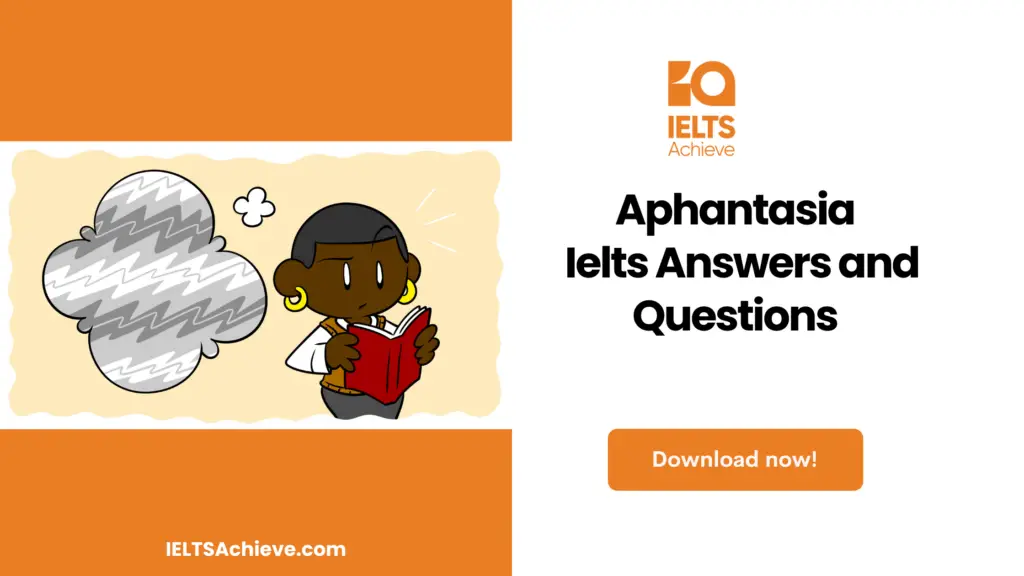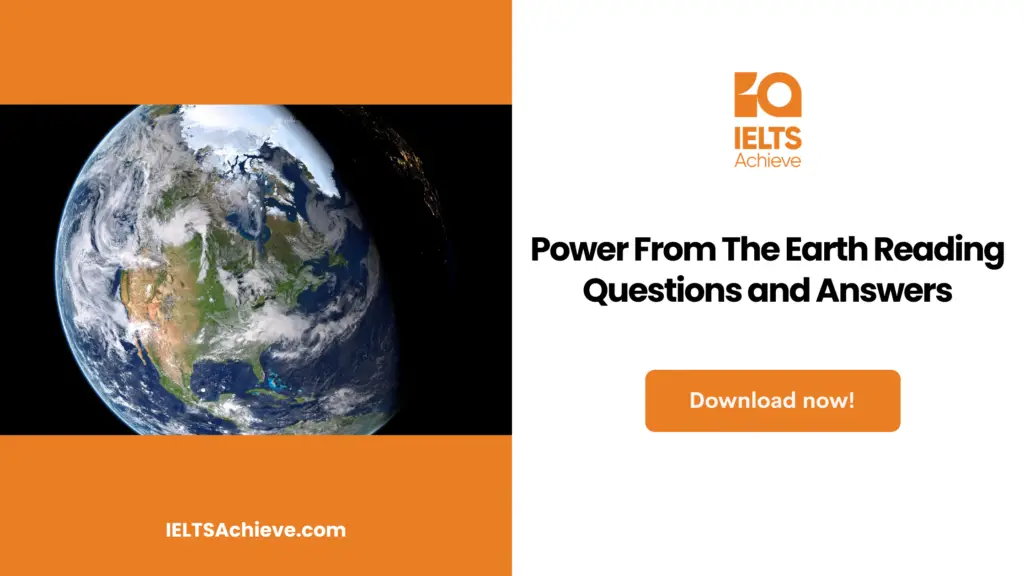
Passage
Aphantasia
Shut your eyes and picture yourself wandering along a sandy beach and then taking in the sunrise as you look over the horizon. How distinct is the first image that comes to mind?
Niel Kenmuir, a resident of Lancaster, has had a blind mind’s eye since birth. Even as a young child, he recognised his uniqueness. My step-dad told me to count sheep when I was having trouble sleeping. After explaining what he meant, I tried to do it but failed. I was unable to observe any sheep scaling fences because there was none to count. Several people can easily create mental images, or “mind’s eye,” in their brains. Yet, aphantasia, a syndrome whereby certain individuals are unable to visualise mental images, has been identified by scientists this year.
Think of a wedding or your child’s first day of school to see how often our memories are connected to visuals. Niel acknowledges that some of his memory is “poor,” yet he is excellent at recalling facts. Like other people with aphantasia, he too has trouble identifying faces. Nonetheless, he does not consider aphantasia a disability rather just a different perspective on life.
Mind’s eye blind
Paradoxically, Niel now employs in a bookstore, mostly in the non-fiction sections. What is going on inside his picture-free brain, given his situation, is a legitimate concern. I questioned him about what occurs when he portrays his fiancée. He says, “The toughest element to describe is what goes through my head when I visualise something; “No specific image flashes in my thoughts when I think of my fiancée; although I can see that she has her dark hair pulled back today because I know that I am thinking about her. The weirdest thing is that I’m recalling details about her rather than describing a visual I’m looking at. Perhaps this is a reason for some sorrow.”
His friends respond with the very understanding phrase, “You’re odd.” Although Niel is quite unconcerned with his incapacity to visualise things, others frequently find it upsetting. One participant in a research on aphantasia claimed that after learning that others could view images in their thoughts, he began to feel “isolated” and “lonely.” Years after his mother’s death, he was “very disturbed” because he couldn’t remember her.
The super-visualiser
The artist of children’s books Lauren Beard occupies the opposite end of the spectrum; numerous six-year-olds will be acquainted with her work from the Fairytale Hairdresser series. Her professional success depends on the vivid pictures that pop into her head as she reads one of her author’s works. She was engaged in a dramatic scene for the upcoming book when I first saw her at her box-room studio in Manchester. In the text, a baby is shown precariously clambering on a chandelier.
I can envision an enormous glass chandelier in a French-inspired ballroom, right away, with a baby swaying off of it and extremely thick, heavy draperies, she says. “So I can think and imagine a scene based on my creativity and then keep adding to it. I think I have a great imagination, expanding the environment and the characters in my head, who seem to change over time. I find it kind of unfortunate that I couldn’t really understand what it must be like to be unable to envision.”
Few humans have as vibrant or as empty an imagination as Lauren or Niel. The two polar opposites of visualisation are them. Professor of cognitive and behavioural neurology Adam Zeman is interested in contrasting the lives and experiences of those who have aphantasia and those who have its polar opposite, hyperphantasia. In a study published in the journal Cortex this year, his team, which is located at the University of Exeter, introduced the word “aphantasia.”
Individuals who have approached us say they are overly pleased that this has been acknowledged and given a name because they have been trying to explain it to people for decades but have had a hard time doing so, according to Prof. Zeman, who spoke to the BBC. It is obvious that our imaginations are highly individualised; one person’s brilliant scene can be another person’s blurry image. Prof. Zeman, however, is persuaded that aphantasia exists. Individuals frequently claim to be able to visualise their dreams, and cases of persons who lost their capacity for doing so after suffering a brain injury have also been documented.
He is adamant that aphantasia is “not a disorder” and claims that it could impact as many as one in 50 people. Nevertheless, furthermore he says, “ The majority of us pass our lives with imagery hovering someplace in the mind’s eye. I think it makes quite a significant distinction to their experience of life, it’s a variation of human experience which we examine from time to time.”
Aphantasia IELTS Reading Questions
Questions
Questions 1-5
Are the following claims accurate with the passage’s information? On your answer sheet in boxes 1-5, Write-
TRUE if the statement agrees with the information
FALSE if the statement contradicts the information
NOT GIVEN if there is no information on this
1. Aphantasia is a condition that refers to persons who have difficulty visualising their thoughts.
2. Niel Kenmuir was unable to mentally add up the number of sheep.
3. Aphantasia patients have trouble remembering the characteristics and attire of many people.
4. Niel regrets that he is unable to visualise his fiancée in his head.
5. Being unable to visualise something in one’s mind frequently causes distress for a person.
Enhance your skills in identifying information as True, False, or Not Given. Click here to discover expert strategies and techniques for mastering this question type in the IELTS Reading section.
Questions 6-8
Complete the provided summary below.
Fill in your responses in boxes 6-8 on the answer sheet.
The 6. ___________ end of the range is occupied by Lauren Beard, the author of picture books, Many six-year-olds will be 7. ____________ with her work courtesy to the Fairytale Hairdresser series. The vivid images that originate in her imagination as she interprets one of her author’s works are crucial to her career success. When I first saw her at her Manchester box-room studio, she was focusing on a dramatic sequence for the forthcoming book. A 8.___________is depicted in the text perilously clinging to a chandelier.
Questions 9-13
Finish the sentences listed below. For your answer, use NO MORE THAN TWO WORDS from the passage. Fill in places 9 -13 on your answer sheet with your responses.
9. Few people possess the _________________ of imagination as Lauren does.
10. The ____________ of aphantasia is hyperphantasia.
11. Comparing people’s perceptions involves a lot of subjectivity; one person’s lively scenario can be another person’s __________.
12. Prof. Zeman ____________ that aphantasia is not a disease.
13. Many individuals live their lives with _________ in their minds.
Answer for Aphantasia reading answers
1. Answer: False
2. Answer: True
3. Answer: Not Given
4. Answer: True
5. Answer: True
6. Answer: Opposite
7. Answer: Acquainted
8. Answer: Baby
9. Answer: Vibrant
10. Answer: Polar-opposite
11. Answer: Grainy picture
12. Answer: Adamant
13. Answer: Imagery hovering

We hope you found this post useful in helping you to study for the IELTS Test. If you have any questions please let us know in the comments below or on the Facebook page.
The best way to keep up to date with posts like this is to like us on Facebook, then follow us on Instagram and Pinterest. If you need help preparing for the IELTS Test, join the IELTS Achieve Academy and see how we can assist you to achieve your desired band score. We offer an essay correction service, mock exams and online courses.

